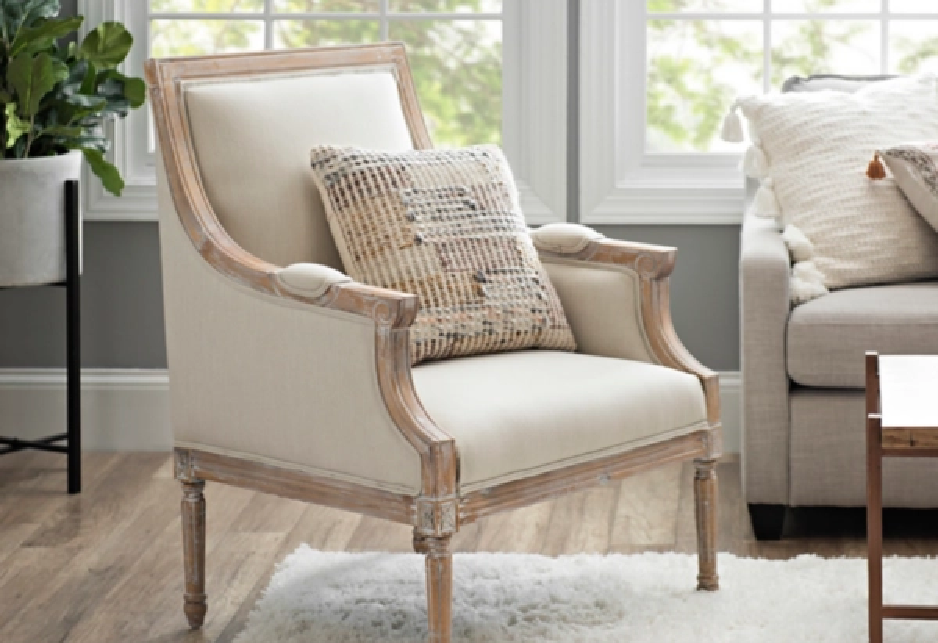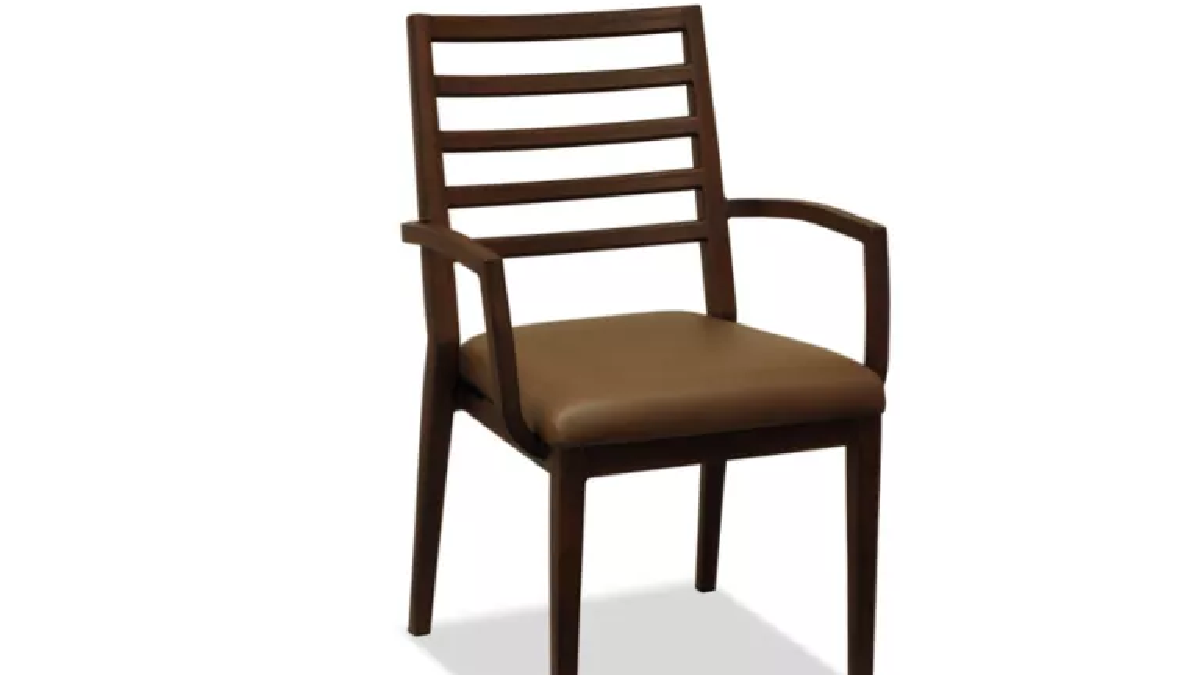What Is Needed To Be Considered When Selecting Assisted Living Furniture?
If you want to make senior citizens feel more comfortable in your care facility. The architecture of senior living facilities must prioritize creating a homey atmosphere. However, you cannot simply walk into your neighborhood furniture store and pick out furniture for your long-term care facility. The following things should be considered when selecting assisted living furniture.
View and Seating Arrangement
An extended care adjustable-height bed with a headboard, footboard and pressure-relieving mattress will be present in a typical resident room. In order to motivate the resident to get out of bed, each room should feature the resident sitting. This seating typically serves as guest seating in a professional setting. In either scenario, comfort is crucial to enabling prolonged use.

Dining and Common Areas
With premium seating areas and dining facilities that resemble restaurants, common and dining area designs are in line with those of the hospitality sector. To make it simpler for a person with mobility challenges to get up from a chair or sofa, the seating throughout an extended care facility needs to be firmer than typical. Look for assisted living furniture with a cushion that is encased in velvety foam over a core of highly robust foam.
Comfortable Seating
Comfort is important when selecting assisted living furniture. To avoid skin tears or bruises, all furniture should have rounded, smooth edges. There should be arms on every seat for pushing up. Remember that older people have less stomach power for pushing up and out. Additionally, the seat height and depth are changed to be a little bit lower and a little bit shallower for senior life. Motion setting is ideal, especially in dementia or Alzheimer's unit.
Functionality
Think about design elements that are appropriate for an elderly population. Most of the time, assisted living furniture should support actions that become more challenging as we age, including standing up or sitting down. Strong, weighty parts ought to provide a great deal of stability and support. Anything with a sharp edge can be a risk. Choose items instead that have rounded corners and edges.
Fabric
The fabric design is also crucial since a pattern that is overly crowded may be distracting or appear three-dimensional. Choose materials that have a washable, moisture-barrier cover for assisted living furniture.
Style
Overall, the design of the furniture should complement one another and produce a room that is functional for regular use. This frequently results in the senior living furniture looking more at home than it would in an assisted living facility. Since senior living facilities strive to look more like comfortable domestic settings rather than clinical settings, it is not difficult to pull off.

Rounded corners
Seniors are less likely to bump into and graze themselves against furniture that has rounded corners, so furniture with rounded corners should be considered when selecting assisted living furniture.
The color scheme for memory
Choosing a certain color scheme for the furniture and decor will aid residents with memory challenges in remembering where they are in the building. Consider utilizing distinct colors on each floor of a multilevel neighborhood to help inhabitants know where they are in the structure.
Wheelchair Accessibility
Consider the accessibility of residents with wheelchairs while choosing tables and desks. Tables ought to be high enough for residents using wheelchairs to sit comfortably next to one another.
Durability
The assisted living furniture spaces must be both functional and durable. It is essential to take into account finishes that are sturdy, avoid scratches, and are simple to clean.

Email: info@youmeiya.net
Phone: +86 15219693331
Address: Zhennan Industry, Heshan City, Guangdong Province, China.
Products










































































































